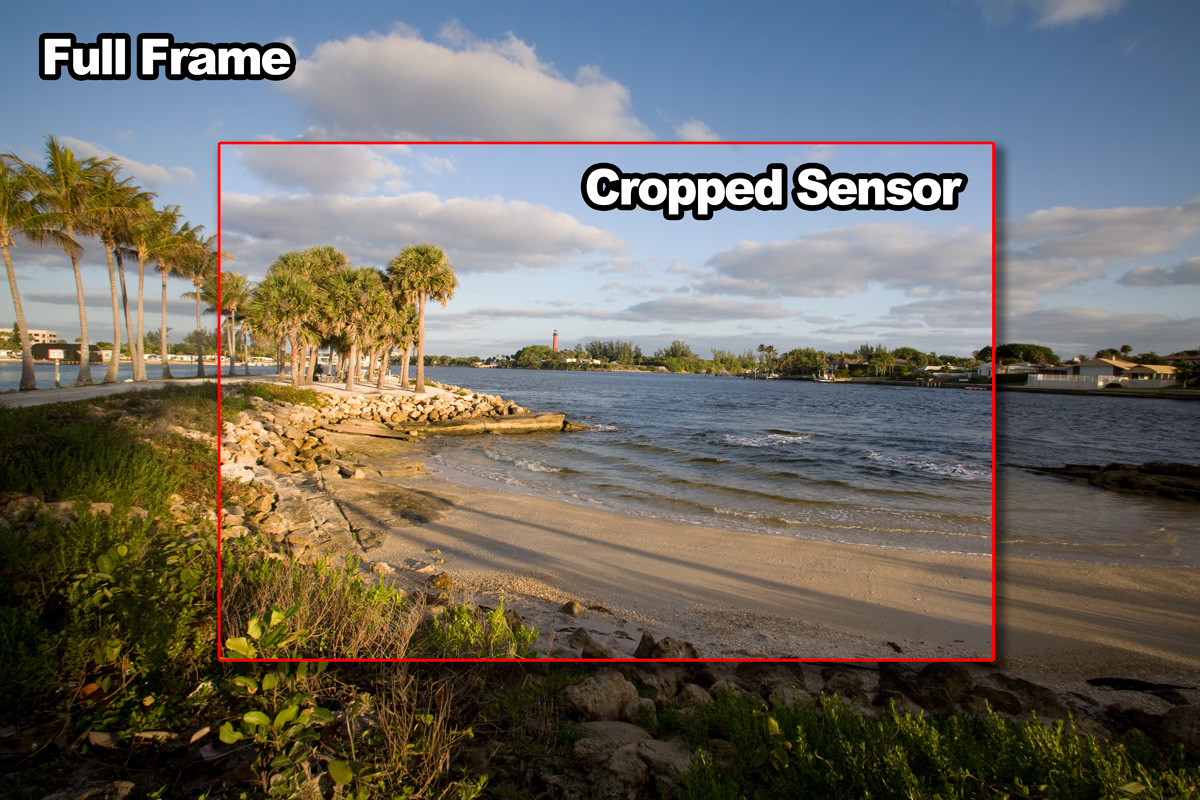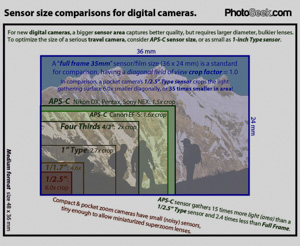
- FULL FRAME SENSOR SIZE VERSUS FOUR THIRDS FULL
- FULL FRAME SENSOR SIZE VERSUS FOUR THIRDS ISO
- FULL FRAME SENSOR SIZE VERSUS FOUR THIRDS PROFESSIONAL
With that said, many of these cameras featured MFT at the emergence of DSLRs, but post-2008 models were mirrorless. If you’re on the hunt for a Micro Four Thirds camera, you’ll be straying far away from DSLRs, as these cameras are mirrorless. One-inch sensors are typically between 13.2mm and 8mm combined with a 2.7x crop factor. It’s the smallest out of this list, although there are sensors that can go even smaller. One-Inch SensorĪside from APS-C and MFT, a one-inch sensor is the last option you’re likely to come across.

FULL FRAME SENSOR SIZE VERSUS FOUR THIRDS ISO
These cameras will also have a more extensive ISO performance and 1.3x crop factors. With APS-H, you combine an average-level pixel count paired with a larger sensor. If you’re in the market for an interchangeable lens camera, you’ll likely find an APS (Active Pixel Sensor). You’ll also find the lenses they need are bound to be considerably larger. You’ll find cameras with full-frame systems will be the largest and bulkiest. You’ll find their capturing capabilities are similar to that of a 35mm camera, and they have zero crop factor.Įverything you see in the viewfinder translates directly into your photos when you shoot with a full-frame sensor.
FULL FRAME SENSOR SIZE VERSUS FOUR THIRDS FULL
In this guide, we’re focusing on Micro Four Thirds compared to APS C, but there are three others to note as well, including: Full Frame (36mm x 24mm)įull frame sensors are typically the fan-favorite as they are the largest. There are five standard camera sensors you’re likely to find in your chosen digital cameras.

What Are the Different Types of Camera Sensors? Photographers often prefer large sensors to access this feature, as smaller sensors need more distance for a blurred background.
FULL FRAME SENSOR SIZE VERSUS FOUR THIRDS PROFESSIONAL
This guide will review both sensor types to help you choose the perfect rig for your professional or amateur photography.

With the ability to affect how your camera behaves and how you should handle it, consider comparing Micro Four Thirds (MFT) compared to APS C. There’s no doubt choosing between Micro Four Thirds vs APS C sensors can make a significant difference in your shooting. One of the most crucial ones is the integrated type of sensor. When shopping for a camera, you’ll find that there are a lot of specs to consider.


 0 kommentar(er)
0 kommentar(er)
